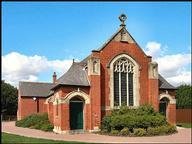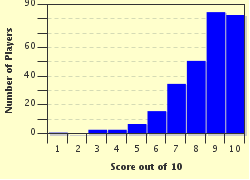Quiz Answer Key and Fun Facts
1. What was the main reason that the various Protestant churches came into existence?
2. The period in history when Protestant beliefs arose is called what?
3. What one person, more than any other, is credited with the rise of Protestantism?
4. Who was responsible for England becoming a Protestant country?
5. The rise of Protestantism was generally peaceful and bloodless.
6. Protestant churches consist of many different denominations, with differing beliefs and practices. What is one thing all Protestant churches have in common?
7. Most Protestant denominations believe in all of the following, with which exception?
8. Most Protestant denominations reject which of the following practices?
9. Protestants tend to be more decentralized than Catholic churches, with less adherence to a central authority, and more responsibility given to local congregations.
10. Not all non-Catholic churches are considered Protestant churches. Which of the following is considered to be a Protestant church?
Source: Author
daver852
This quiz was reviewed by FunTrivia editor
agony before going online.
Any errors found in FunTrivia content are routinely corrected through our feedback system.


